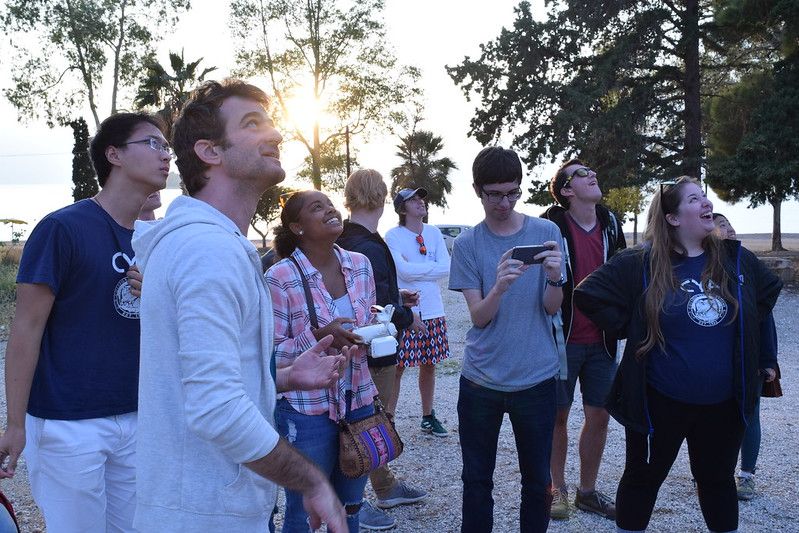
At the Intersection of Past and Future
In what ways can technology interact with Archaeology? How can Virtual Reality be used to advance our knowledge of the ancient past? Over the past years, digital methods in archaeology have gained growing popularity in the field. The subject, however, is not yet widely taught in Universities.
“When exploring programs abroad, CYA initially sparked my interest due to its unique course offerings. One of the courses I was most excited about taking was Introduction to Digital Archaeology and Virtual Reality.”
Kalei Oliver, CYA Digital Archaeology Student.
The goal of this class taught by CYA professor Hüseyin Öztürk is two-fold. On the one hand, students get a theoretical background of the most recent digital tools and methods and develop critical thinking regarding the usefulness of digital methods across different scenarios. On the other hand, students get hands-on experience and acquire a practical skill set.
The first class assignment is to create a 3D model of a small object of choice. For about a week, the CYA Digital Lab is full of makeshift little studios, where students of all photography skill levels take hundreds of technically perfect photographs. They then learn to run these photographs through photogrammetry 3D modeling software.
Later in the Semester, the same method is used to create a model of a larger object or an area model. Take a look at the video below to see some of the models CYA Students have created!
During the Fall Semester Field Study trip to the Peloponnese, Hüseyin Öztürk takes the class on an outing dedicated to practicing drone photography, and learning how to create aerial maps of an area. After a brief introduction, students take turns to fly a drone and learn how to control the picture-taking software through an app on a cell phone.
Throughout the semester, students delve into more digital tasks, like digitally illustrating 2D architectural features using geo-rectified photos, or learning how to set-up and use a Total Station on the field; (Total Station is a specialized device that uses an infrared laser to measure distances and uses an on-board electronic theodolite to calculate angles to reference points.)
The skills acquired on this class can be used in a number of other fields, including cultural heritage management, anthropology, museum studies, and fine arts.
CYA Student Kyle Doney, a computer science and classics double major, said “I get the best of the two worlds, it’s the perfect way to combine my two majors”.
Other students leave this class feeling more confident and knowledgeable on an important subfield. “For archaeology students like myself, spending countless hours in the lab getting actual practical experience in an up-and-coming subfield is a priceless experience.” says student Kalei Oliver.
One thing is for certain, Archaeology is in an open conversation with Technology and Virtual Reality. This course invites students into the conversation, and prepares them for the challenges of a rapidly changing field.






